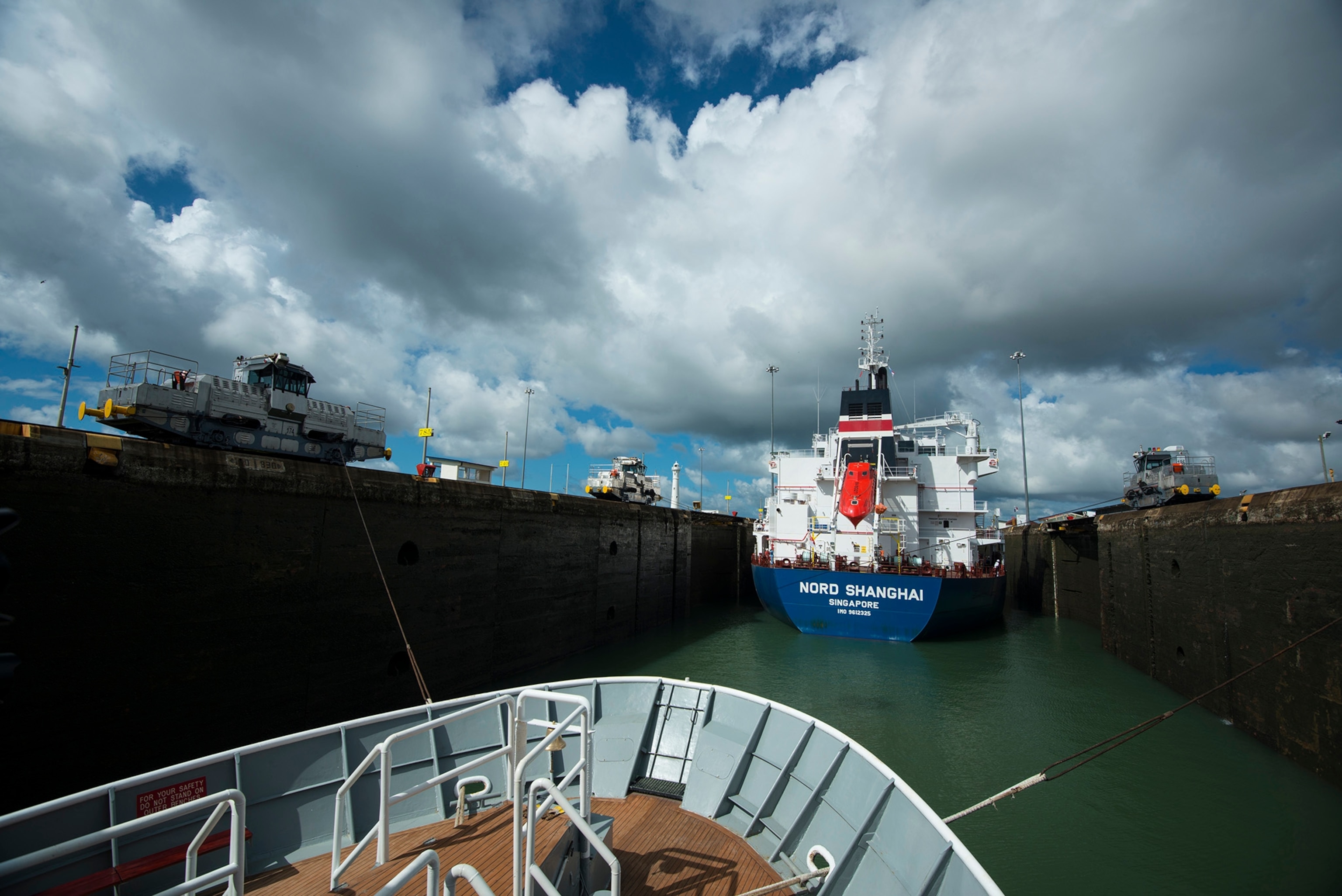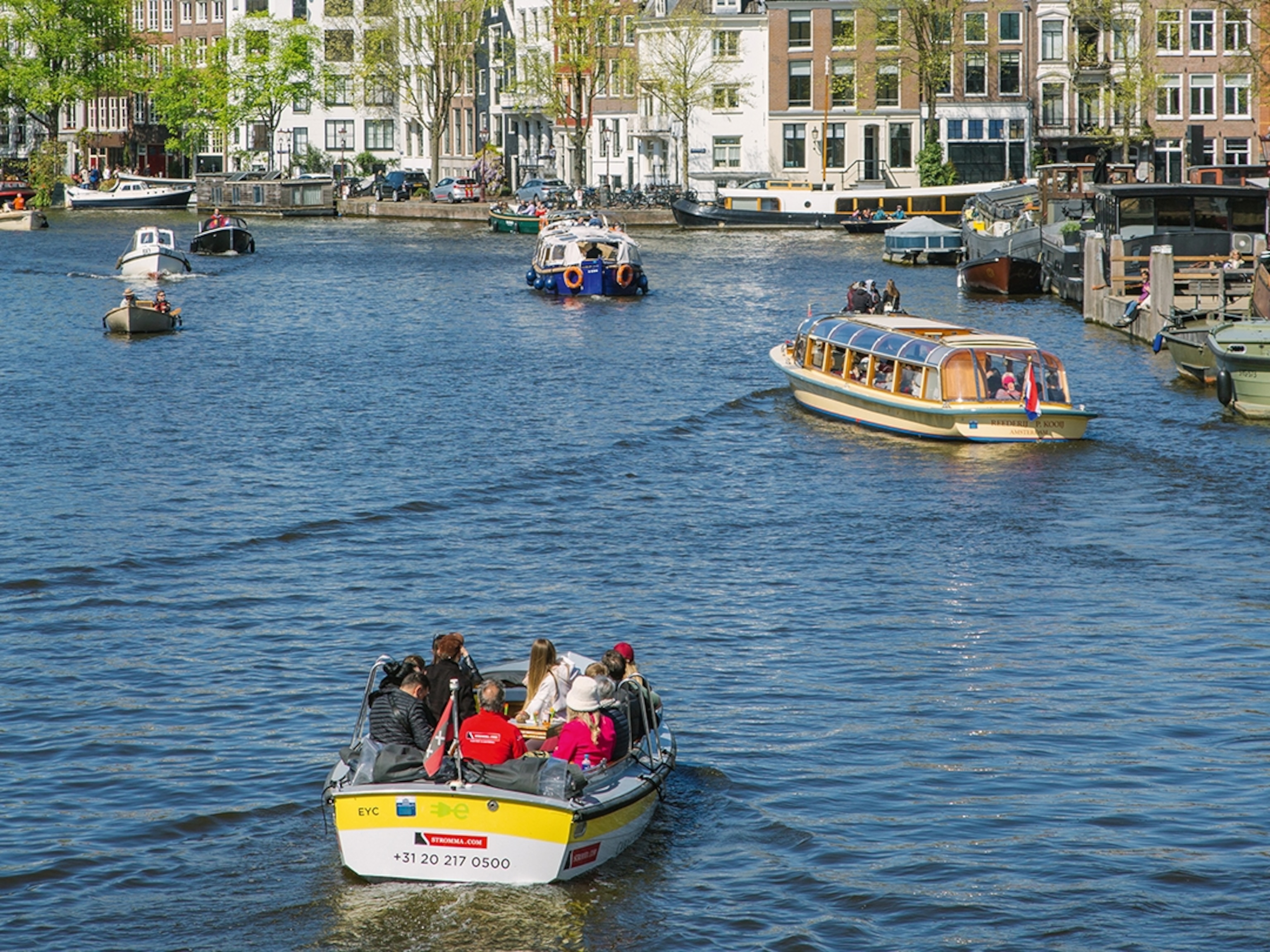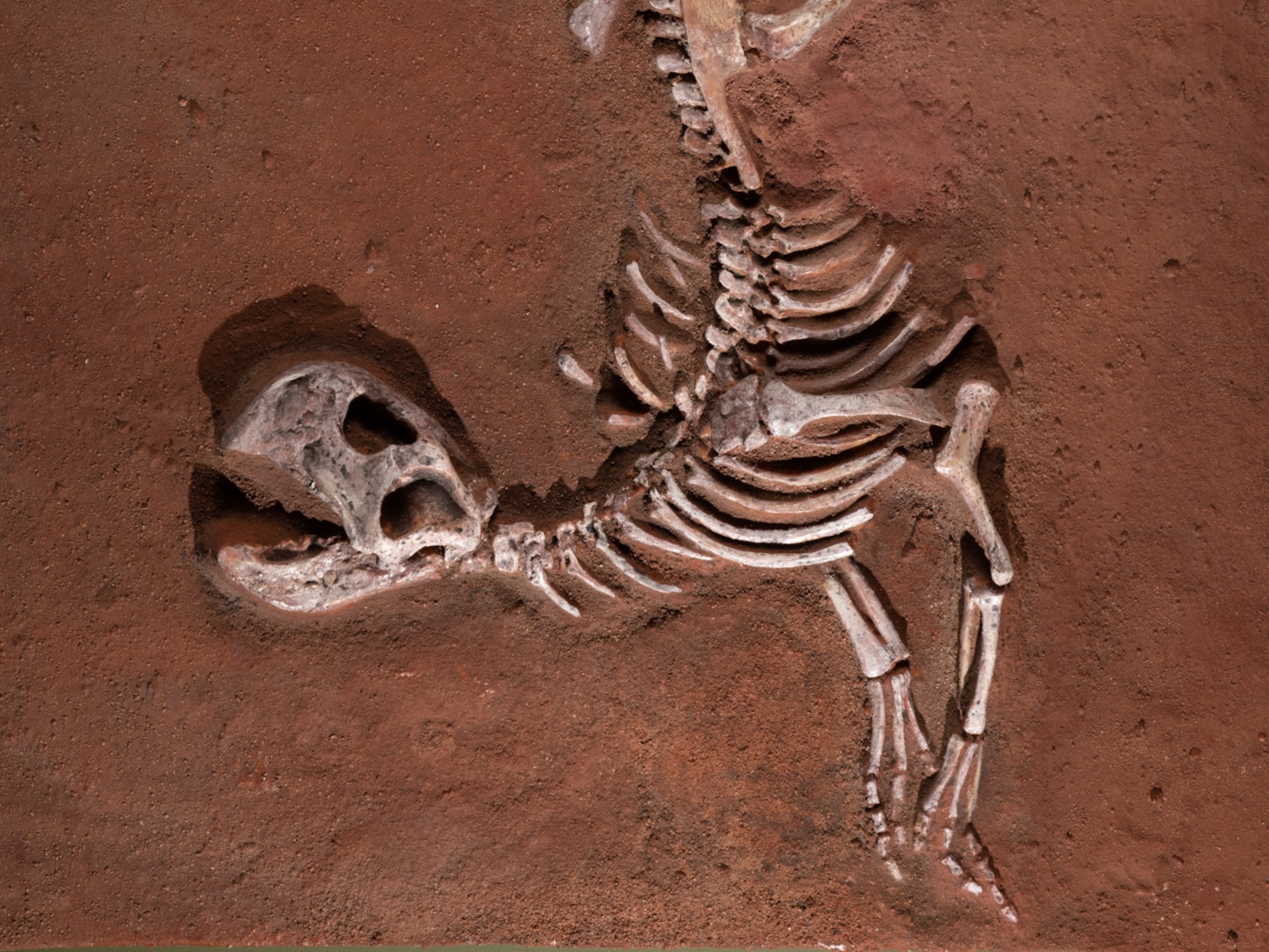
Panama Canal: Superhighway for Invasive Species?
The canal's expansion may bring a new wave of invasives from Asia to the Gulf and East Coasts, a study says.
When the expansion of the Panama Canal is completed in 2016, giant ships that now must dock at West Coast ports after crossing the Pacific will be able to deliver cargo directly to ports on the Gulf of Mexico and the East Coast. One thing they may be delivering, according to a recent study, is a much larger number of alien species.
With a third set of locks and wider and deeper channels, the expanded canal will be able to accommodate ships as long as 1,200 feet (366 meters) and as wide as 160 feet (49 meters)—235 feet (71 meters) longer and 54 feet (16 meters) wider than current limits. Ports along the Gulf and East Coast are already preparing for the "post-Panamax" behemoths, dredging harbors, expanding storage areas, and installing taller cranes.
Those ports are likely to capture about 25 percent of the ship traffic that now goes to the West Coast, according to the study published in the journal Diversity and Distributions by Jim Muirhead of the Smithsonian Environmental Research Center in Maryland and his colleagues. At some ports the number of ship arrivals may triple—and the ships will be bigger than before.
Ships carry alien species from one port to another in two ways: with the organism floating in ballast water or clinging to submerged parts of the hull—the "wetted surface area," in industry jargon. Muirhead and his colleagues estimated how ballast water volumes and wetted surface area might change in various ports after the expanded canal opens.
The study predicts that the amount of ballast water released in the typical East Coast port will nearly double in the first five years and increase by 78 percent along the Gulf. The wetted surface area will nearly triple in both regions.
The more exposure a port has to alien species, the higher the risk of invasion. "This study is basically a warning flag, pointing out hot spots where the increase of traffic is likely to occur," says Muirhead.

Shades of the Zebra Mussel?
Many alien species that arrive by ship in a new port perish and leave no trace. Those that become established, however, can decimate native organisms. The zebra mussel, for instance, has inflicted grave damage on native ecosystems and, by clogging water pipes and other smooth surfaces, done billions of dollars worth of damage since it arrived in the Great Lakes in the late 1980s.
California, which has hosted megaships from the western Pacific for decades, has more marine invaders than other regions of the United States. Numerous alien species of goby, tunicate, and algae are crowding out native species there. Wakame, a type of kelp that is an aggressive invader (and key ingredient in miso soup), has recently gained a foothold.
The East and Gulf Coasts are already peppered with invasive species that may have come via the Panama Canal. The voracious Asian shore crab, now found all along the East Coast, probably arrived in ballast water.
The invasions triggered by the expansion of the canal will vary from port to port, depending in part on the type of trade each port attracts. Gulf ports, for example, will attract more supertankers hauling petroleum products. Tankers tend to release large quantities of ballast water at once because they typically are either fully loaded with liquid cargo or fully in ballast.
Post-Panamax container ships, which carry a large variety of consumer goods, are more likely to head for East Coast ports. While these vessels tend to release less ballast water in a given port, they often stop at numerous ports to drop off and pick up individual containers. Each stop represents a new opportunity for potential invaders.

Homogenizing the World
The researchers say the time for action is now. "If you know where some of the hot spots are likely to occur, you can focus management efforts to prevent invaders from getting there in the first place," Muirhead says.
Most ships are already required to exchange their ballast water in the middle of the ocean before entering American waters, which removes an estimated 90 percent of the organisms, and even tighter restrictions are being phased in. But the threat from organisms clinging to ship hulls remains unregulated. "That's the next area that really needs to be addressed," says study co-author Mark Minton of the Smithsonian.
The problem is not unique to the Panama Canal. The Suez Canal, which links the Mediterranean and the Red Seas, is also undergoing a major expansion. In December, construction crews broke ground on a new canal through Nicaragua. And with the melting of sea ice in the Arctic, more and more ships are taking the Northeast Passage along the Russian coast.
"By opening up or expanding all these corridors," Minton says, "we're really just greatly accelerating the homogenization of the flora and fauna all around the world."




